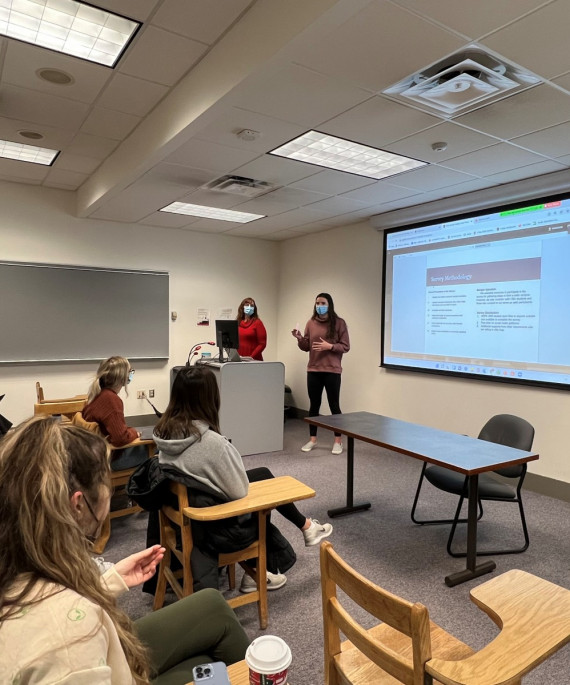The ePA-005 form is the university’s electronic pre-approval interface used by investigators (i.e., faculty, staff or students) who are submitting proposals to external sponsors. A fully approved ePA-005 must be completed prior to the Office of Sponsored Programs (OSP) signoff and submission.
The form serves two purposes – documentation and authorization:
- It documents administrative, budgetary and compliance information about the proposal and provides chairs, center directors, deans and vice presidents with a summary of that information.
- Electronic signatures on the form are OSP's authorization to submit the proposal to an external sponsor.
Once the budget is final, the EHE Office of Research grants managers create the ePA-005 and submit it for approvals. Sounds easy, doesn’t it? In reality, there is much more to it – there are many questions to answer and decisions to be made before the form can be submitted for signature.
So what questions will grants managers be asking of you?
Who is working on the project?
All investigators within Ohio State who made a significant intellectual contribution to the development of the proposal and whose expertise is critical to the conduct of the research should be listed in Section 4A of the ePA-005.
The first named investigator in Section 4A is to be the principal investigator (PI) and the administrative manager for the award. All investigators named on the form will be listed and associated with the proposal and award in official university reports, and all investigators will have access to the proposal and award record in the PI Portal.
What departments or centers are developing the proposal and how should the indirect costs be distributed across those units?
Section 4B identifies the departments or centers, collectively known as orgs, associated with the proposal and award as well as the conduct of the study. List each org whose faculty contributed to the intellectual development of the proposal, or where a substantial part of the work will be conducted.
Special considerations include:
- The first listed org will be the administrative home of the proposal/award.
- The three departments in EHE have org numbers that are specific to research. These numbers should be used instead of the default org numbers.
- The PI's TIU (Tenure Initiating Unit) must be listed even if the effort for that org is 0%.
- When PIs have split appointments, all orgs associated with those investigators should be listed even if the percentage is zero.
- EHE faculty members with OARDC and OSUE appointments will also include those orgs in the distribution.
- If any of the investigators are Discovery Theme hires, special orgs are used to distribute funds to the college and the Office of Academic Affairs.
Two percentages need to be determined for each organization listed:
- Percentage of proposal/award allocation: This section recognizes the intellectual contribution to the development of the proposal/award.
- Percentage of expenditure allocation: This section indicates how indirects or F&A (facilities and administrative) dollars will be shared across each organization.
It is possible for an org to be assigned zero percent of a proposal/award allocation and 100 percent of the expenditure allocation, or any combination in between; regardless, each column cannot exceed 100 percent. Unless other arrangements are made, the expenditure allocations should be distributed among the PI and co-PIs according to their contribution to the project and the location of the work.
Approvers associated with each org will receive an email about the submission and must review and approve, or disapprove, the budget and other aspects of the proposal.
Will there be cost sharing?
The ePA-005 also requires information about whether cost sharing is required or voluntary, how much will be shared and who is providing it. Cost sharing can be specific to equipment or other direct costs. Be aware that any voluntary cost sharing offered in a proposal becomes part of the award, whether or not the award notice specifically requires it. For more information on cost sharing, see Michael Moses’ article on page four.
Our grants managers will work closely with investigators to make sure the ePA-005 is filled out correctly and routed in enough time so that all departmental administrators will be able to thoughtfully review the budget and expenditure allocation percentages before the proposal is submitted.
If you have any questions about the ePA-005, please contact Michael Moses or Ann Smith.




